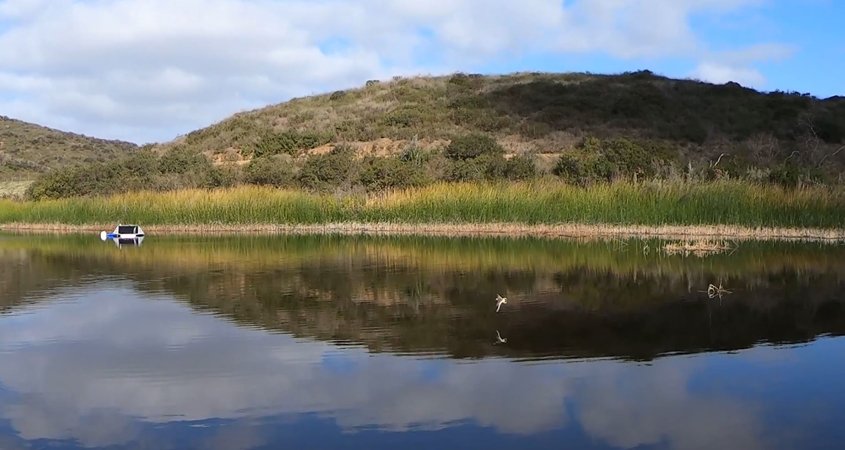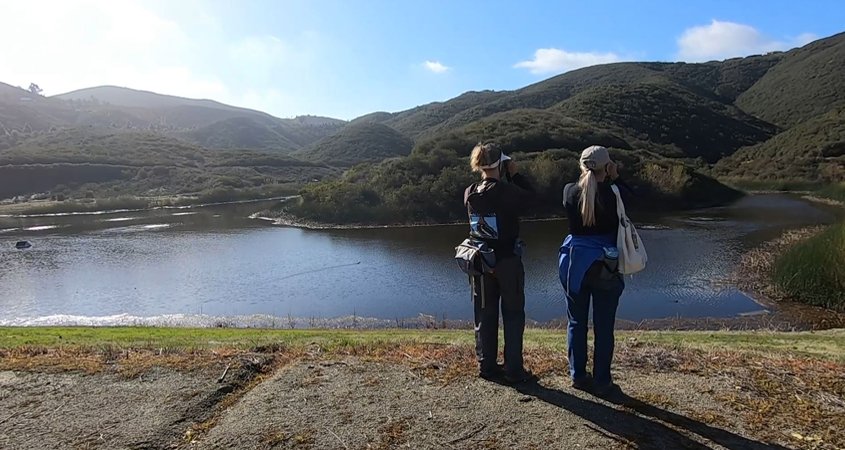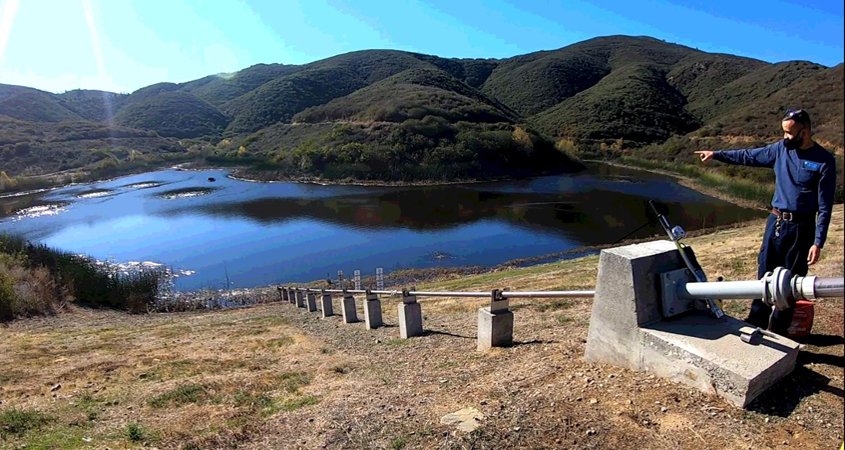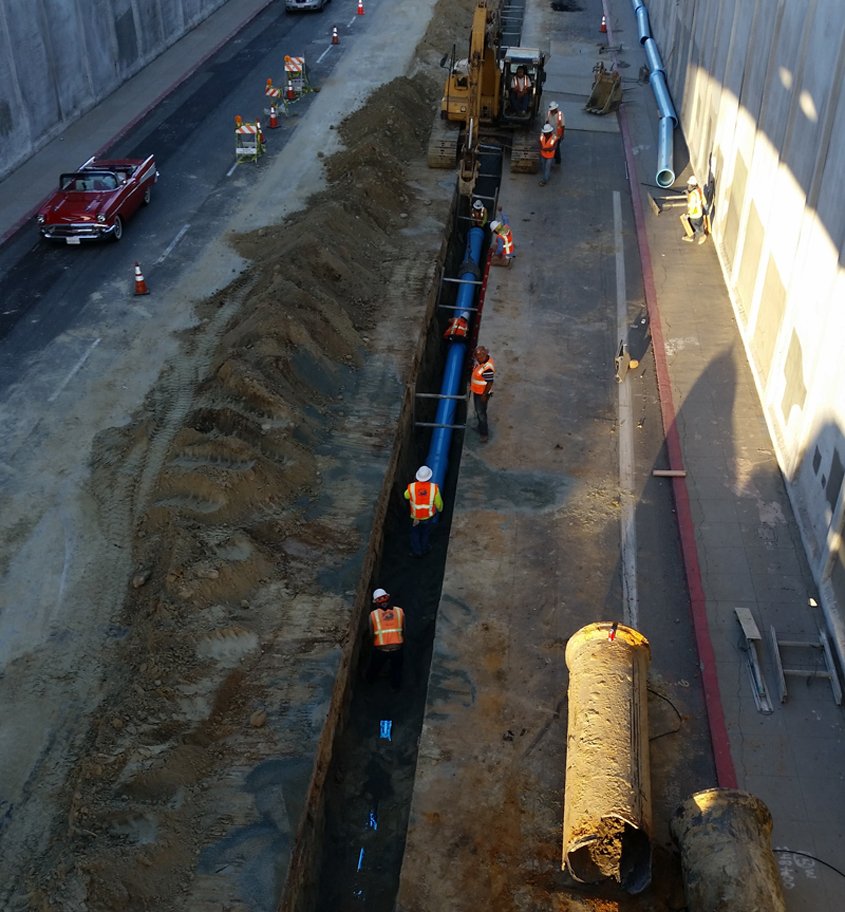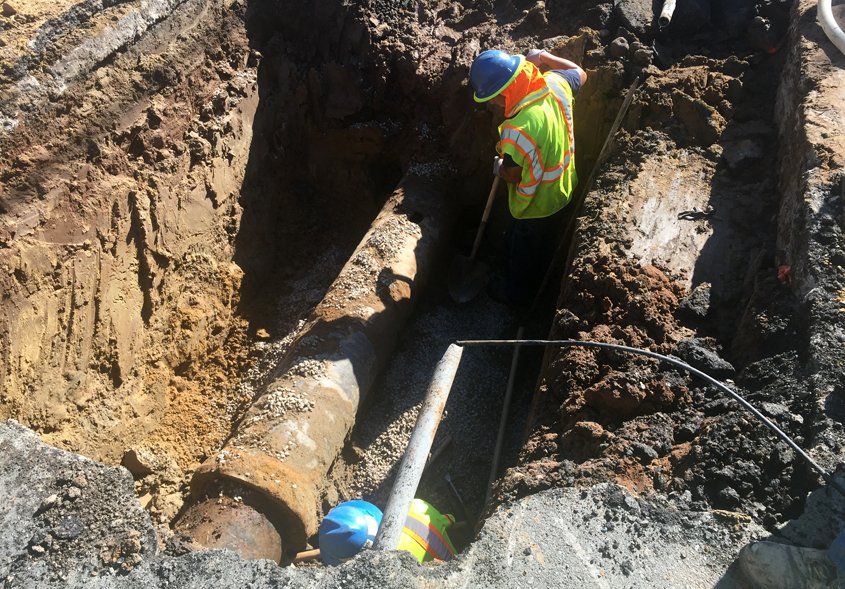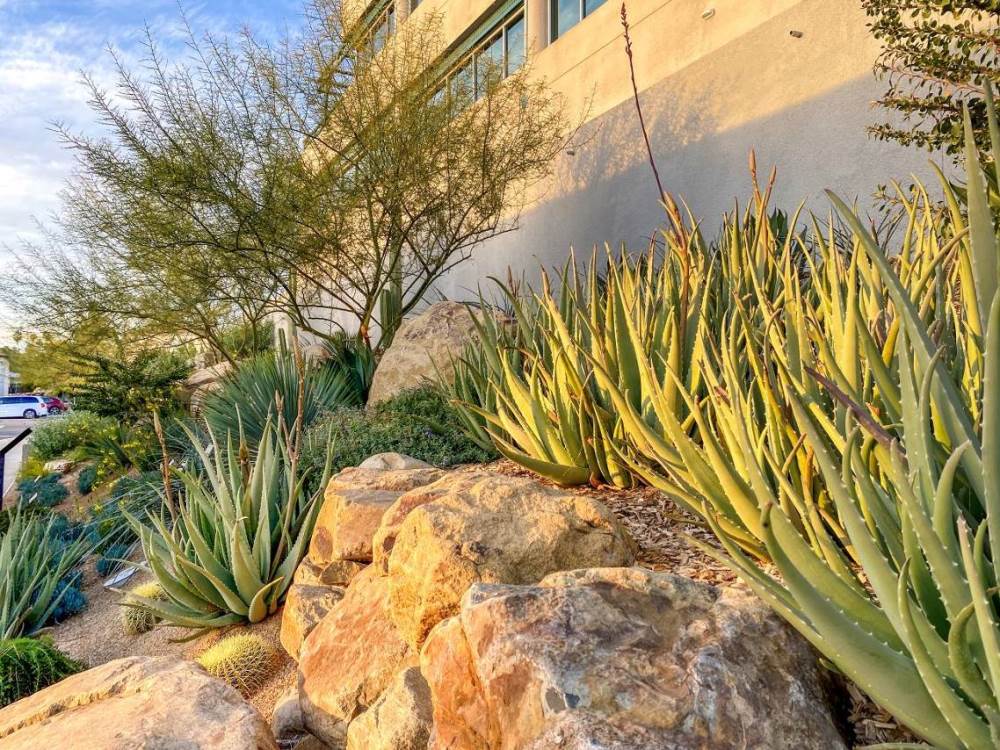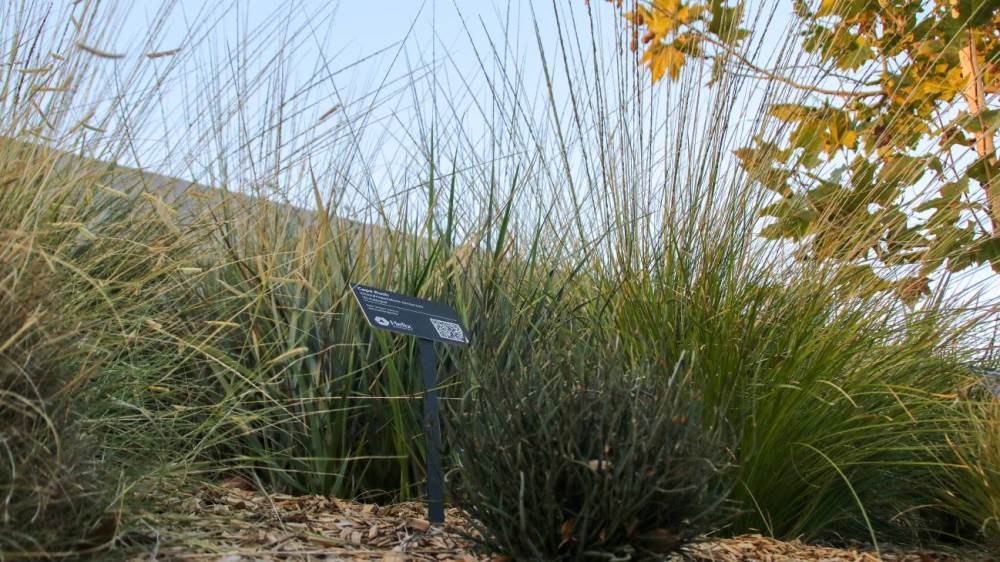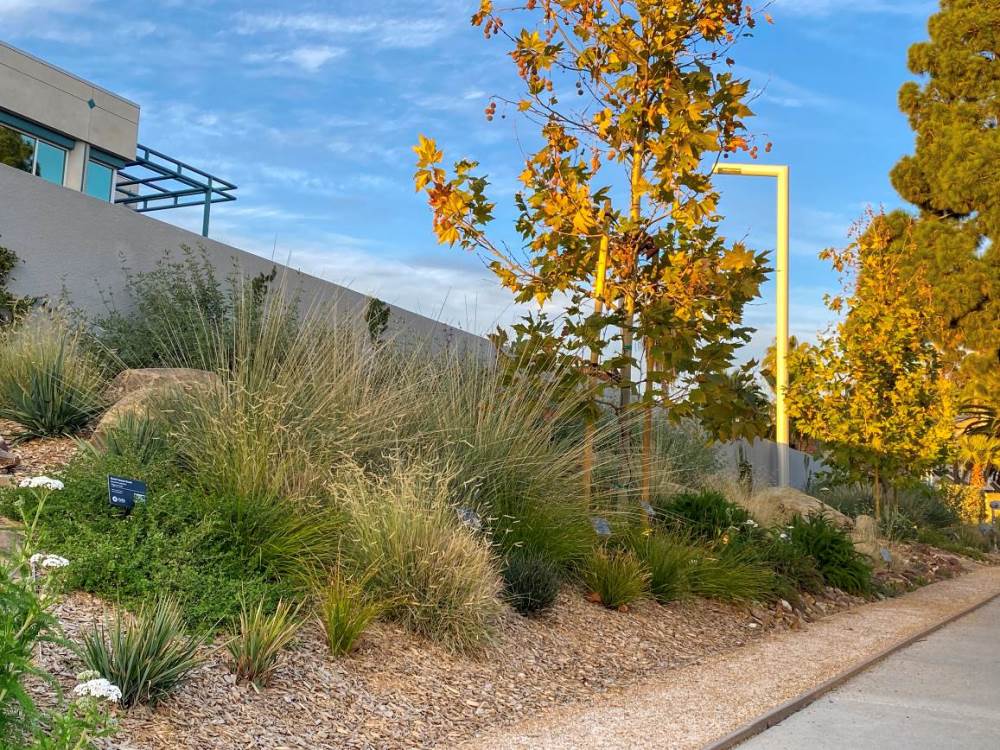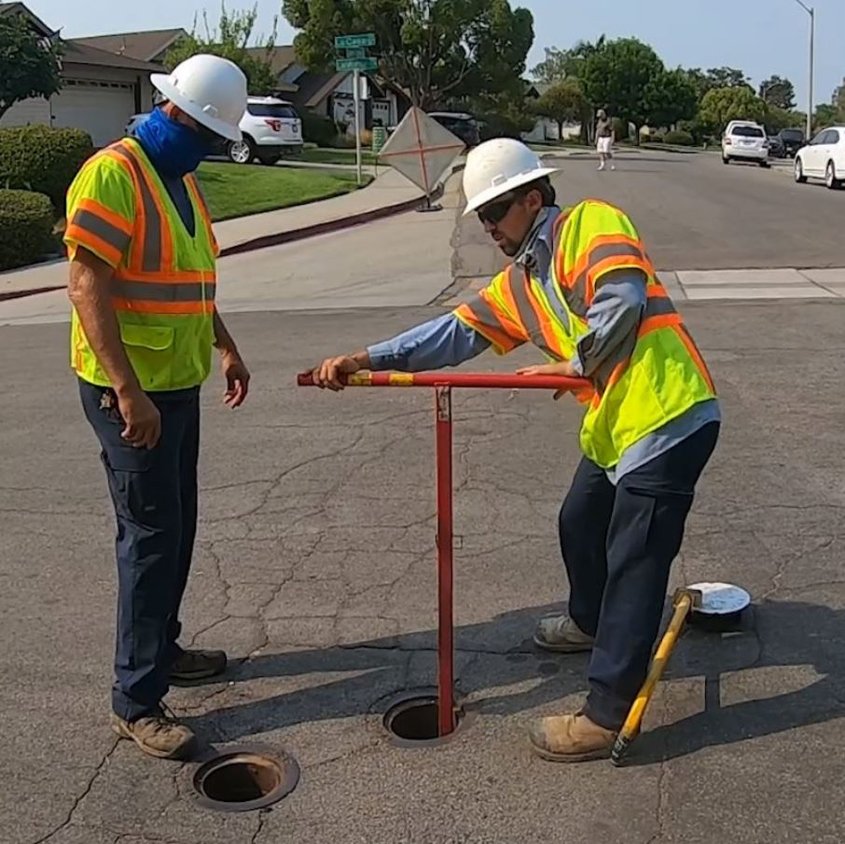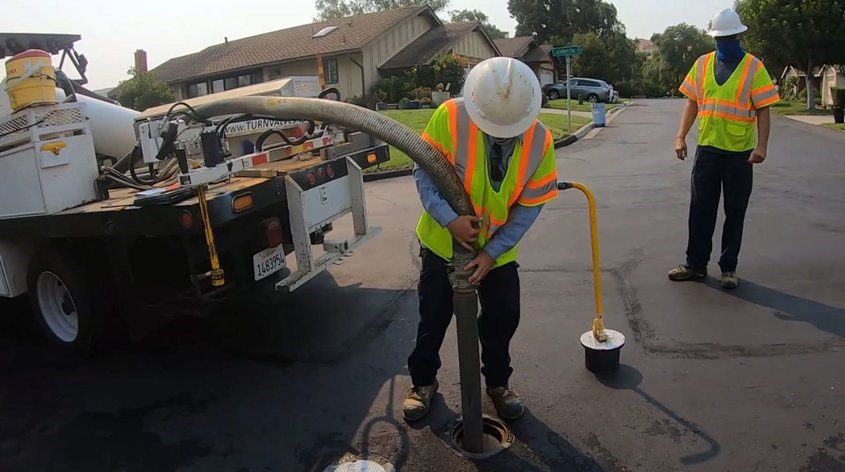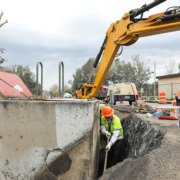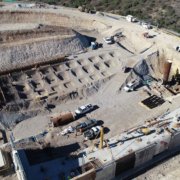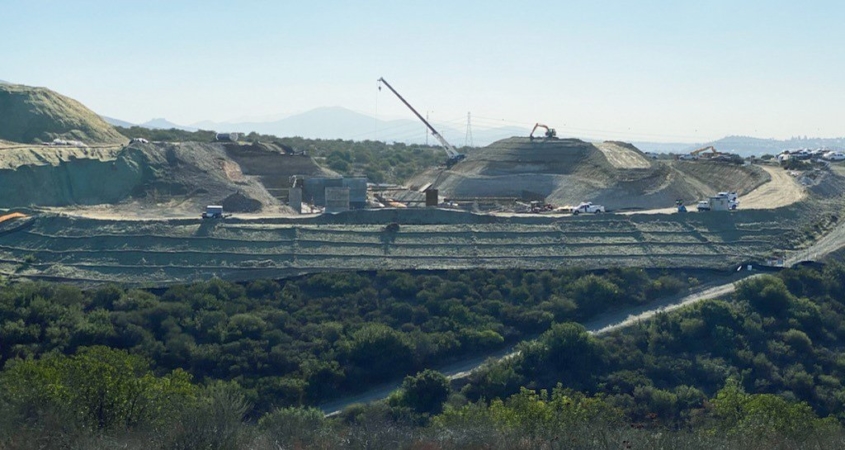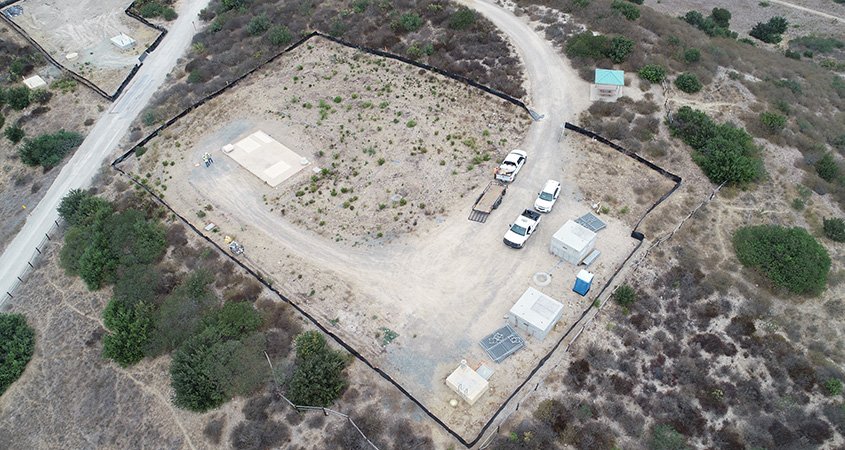Sweetwater Authority Reservoirs Provide Safe Public Recreation
One year into the coronavirus pandemic, San Diego County’s reservoirs and lakes have provided welcome opportunities for safe, accessible outdoor family recreation.
After shutting down in March 2020, facilities began to slowly reopen through the summer months by carefully implementing safety guidelines, including increased sanitation, social distancing, and restricted attendance to allow San Diegans to resume their favorite hiking, fishing, horseback riding, and bird watching activities.
Sweetwater Authority owns and maintains two popular recreation spots in San Diego County, Sweetwater Reservoir near Spring Valley and Loveland Reservoir, near Alpine.
Primarily a local water supply for Sweetwater Authority’s 200,000 customers in National City, Chula Vista, and Bonita, the agency has created recreational opportunities at the reservoirs. Fishing programs are offered at both reservoirs and a riding and hiking trail at Sweetwater Reservoir is operated by the County of San Diego.
Sweetwater is one of several regional water agencies that offer recreational opportunities at reservoirs and lakes. Helix Water District operates Lake Jennings, a hot spot for trout fishing. The City of San Diego also provides boat rentals and paddle-boarding at several of its reservoirs.
Safety first to protect the public
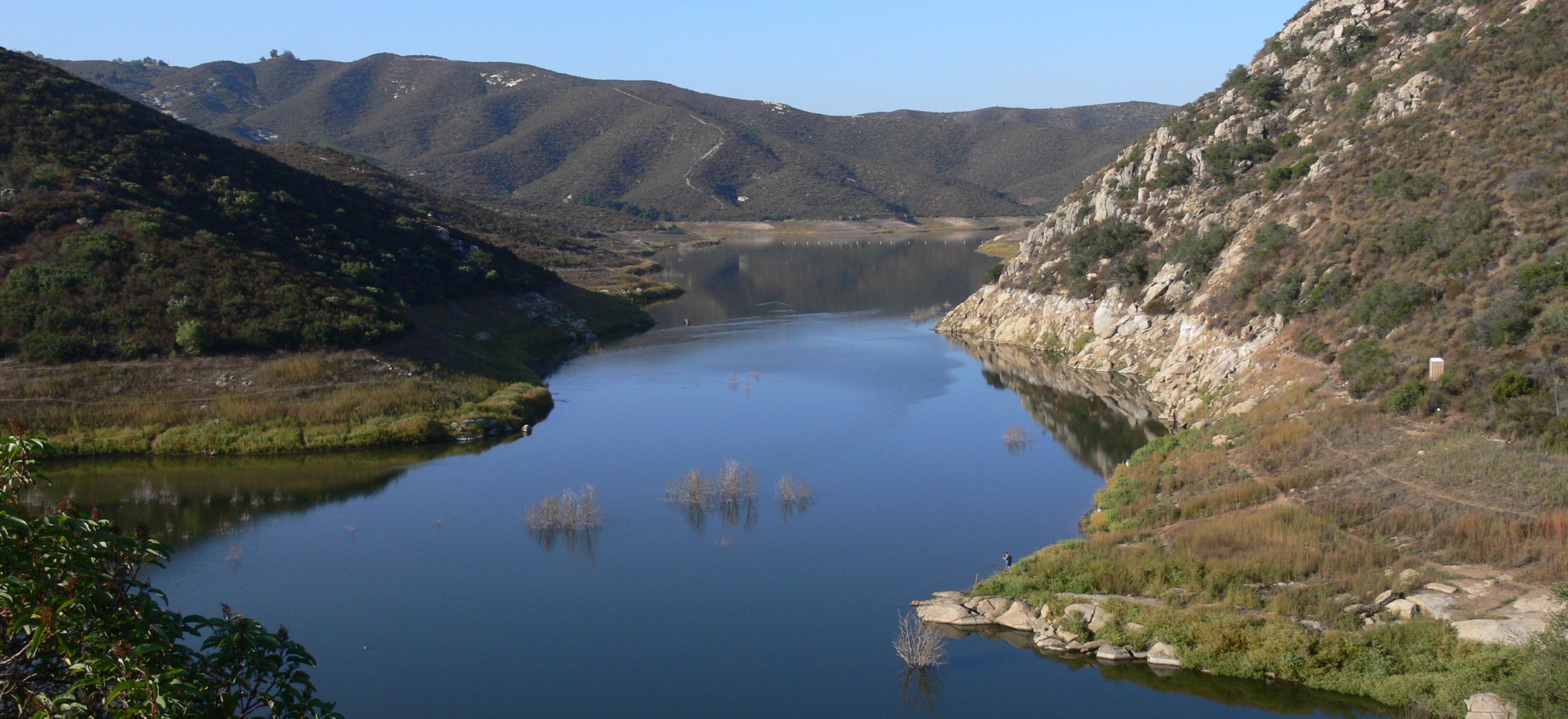
Sweetwater Authority owns and maintains two popular recreation spots in San Diego County, Sweetwater Reservoir (above) near Spring Valley and Loveland Reservoir near Alpine. Photo: Sweetwater Authority
Both fishing programs and the trail at Sweetwater Reservoir are designed to protect public health and the drinking water supply while benefiting the community.
“At Sweetwater Authority, part of our mission is finding the balance between human and environmental needs,” said Sweetwater Authority Board Chair Hector Martinez. “The recreation opportunities at our two reservoirs are a great example of how we achieve that balance. We can share these beautiful resources with the community while continuing to protect the local drinking water supply for our customers.”
A California Fishing License is required to fish at both reservoirs, and there are rules in place to ensure the protection of the water supply and sensitive habitats surrounding its reservoirs. For more information on current hours, fees, and COVID-19 safety, go to: www.sweetwater.org/fishing.
“The Board and I are proud to offer these recreation programs,” said Martinez. “We encourage the community to take advantage of these opportunities to get outside and enjoy the beauty of our water and the environment.”





